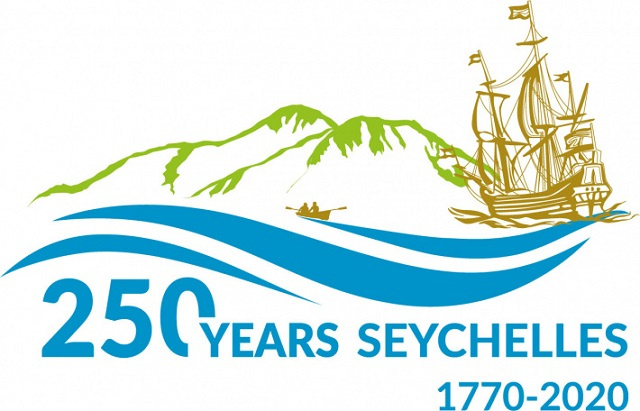7 important steps Seychelles has taken during its 250 years
(Seychelles News Agency) - For so many centuries, the Seychelles Islands remained virtually unknown, hidden in the expanse of the Indian Ocean by the secret of their isolation.
Adventurous navigators and explorers might have been lured to her shores to avail themselves of water from her streams, of her tortoises for food and of her precious hardwood timber to repair their masts.
As the 115 island-nation in the western Indian Ocean celebrates its first settlement and its 250th anniversary this year, SNA looks back at seven important milestones in the discovery and the advancement of the islands.
January 19, 1609
The islands of Seychelles were reached by a British expedition; the mariners spent ten days on the islands. It was the first recorded landing on the main island. One of the mariners, John Jourdain, wrote in his diary that “you cannot discern that ever any people had been there before us.”
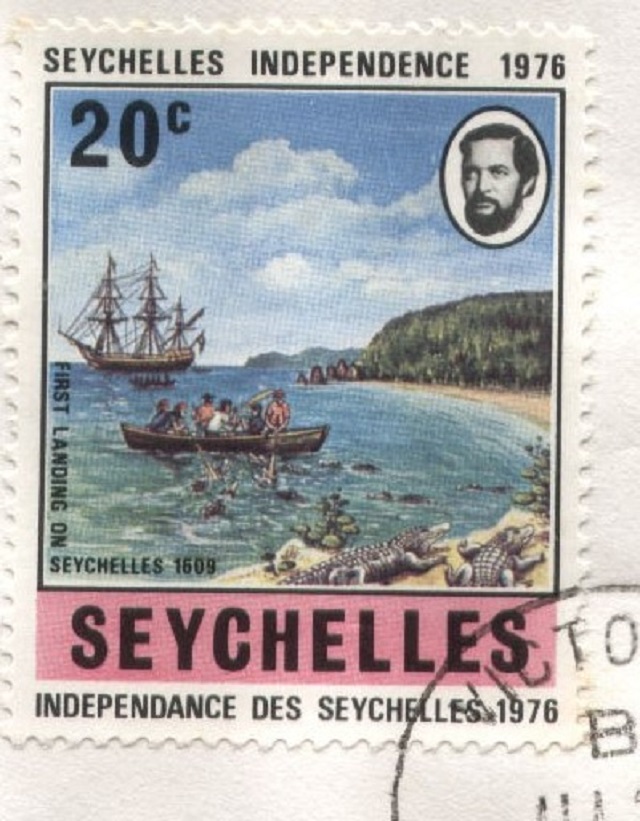 |
| (National Archives) Photo License: All Rights Reserved |
November 21, 1742
After more than three months at sea, a French captain from Ile de France named Lazare Picault anchored his boat ‘Elizabeth’ off a south-west beach of the largest island of the archipelago. He named it Mahé, in honour of Bertrand Jean Francois Mahé de la Bourdonais, the Governor-General of Ile de France (Mauritius) at that time.
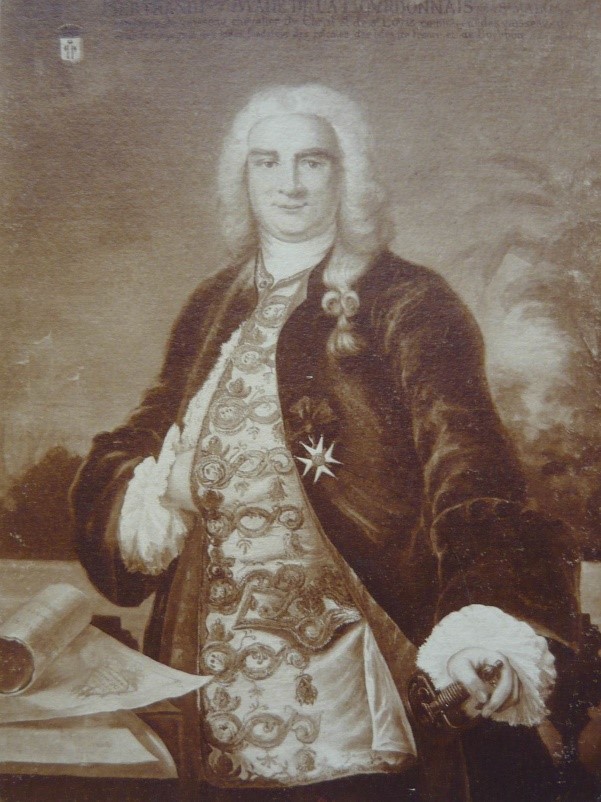 |
| (National Archives) Photo License: All Rights Reserved |
November 1, 1756
More than a decade passed until Captain Nicholas Morphey arrived on ‘Le Cerf’, a frigate of the Compagnie des Indes, accompanied by ‘Saint-Benoit’, and claimed the Seychelles Islands for France by placing a Stone of Possession on a rock overlooking the now Port Victoria.
This large stone measuring 57cm by 57cm carved with Arms of France and the name Isle de Sechelles signified that France had taken pre-emptive possession of the islands - named in honour of Jean-Moreau de Séchelles, the French Finance Minister of Louis XVI.
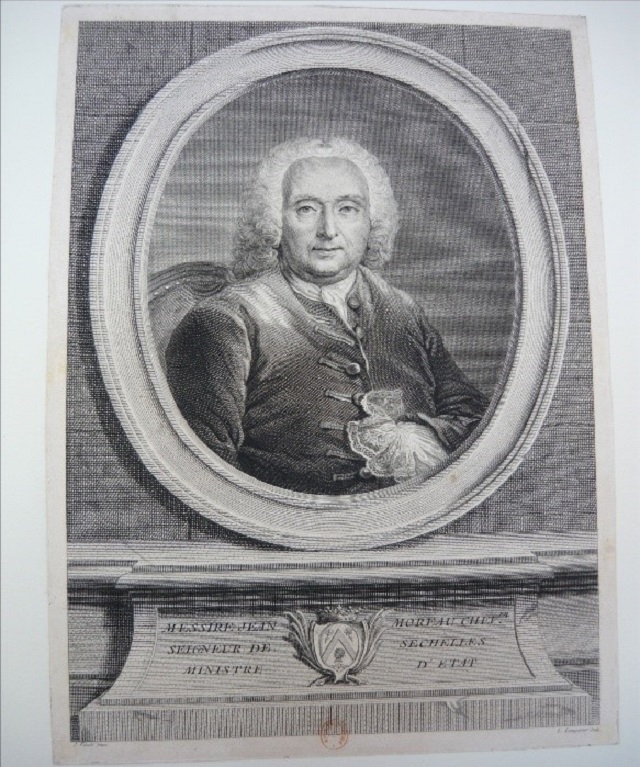 |
| (National Archives) Photo License: All Rights Reserved |
August 24, 1770
The islands remained uninhabited until August 24, 1770 when the first group of 28 settlers, including 13 slaves arrived to establish the first settlement on Ste. Anne Island – one of the inner islands. They were brought by a boat named Telemaque.
In 1772, cinnamon was introduced to the first settlement by Pierre Poivre, a French botanist and the administrator of Mauritius and Reunion – neighbouring islands in the Indian Ocean.
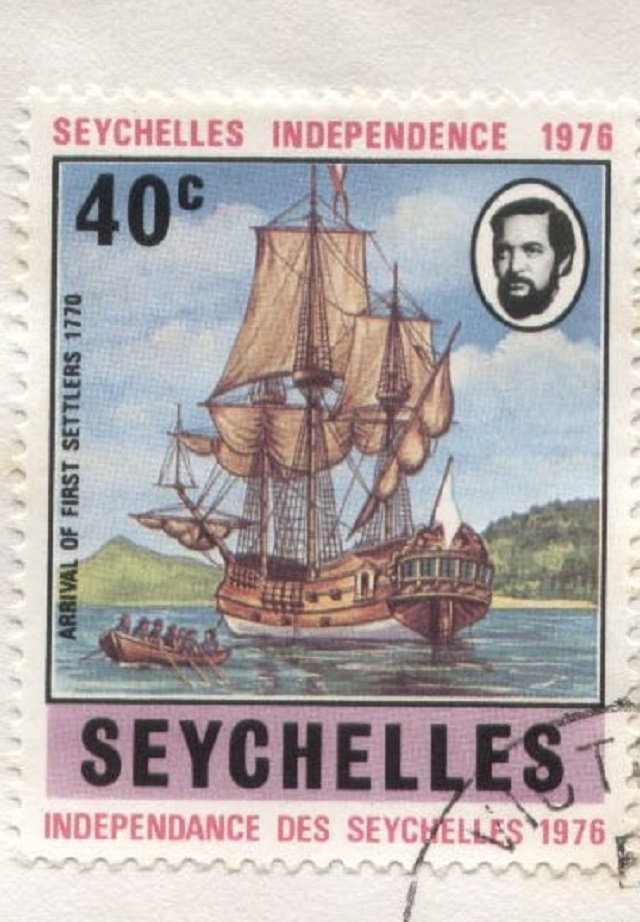 |
| (National Archives) Photo License: All Rights Reserved |
1778
Victoria, the capital town of Seychelles, was founded in 1778 by the French Lieutenant Charles Routier de Romainville who arrived onboard L’Hélène, with a contingent of soldiers and a number of slaves.
This was 22 years after the French had taken possession of the islands. Back then it was named L’Etablissement du Roi.
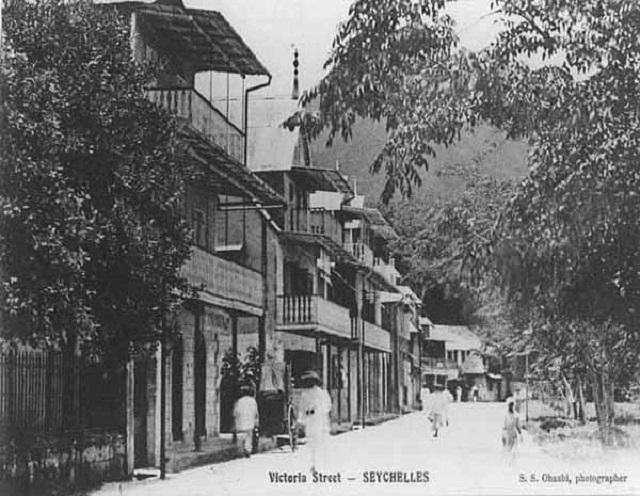 |
| (S. S. Ohashi, Wikipedia) Photo License: CC0 |
1811
The British took possession of the archipelago in 1811. In 1841, they renamed L’Etablissement du Roi Victoria, in honour of Queen Victoria.
From 1811, the islands were ruled as a dependency of Mauritius by a succession of Civil Commissioners and Administrators until November 9, 1903, when Seychelles became a crown colony.
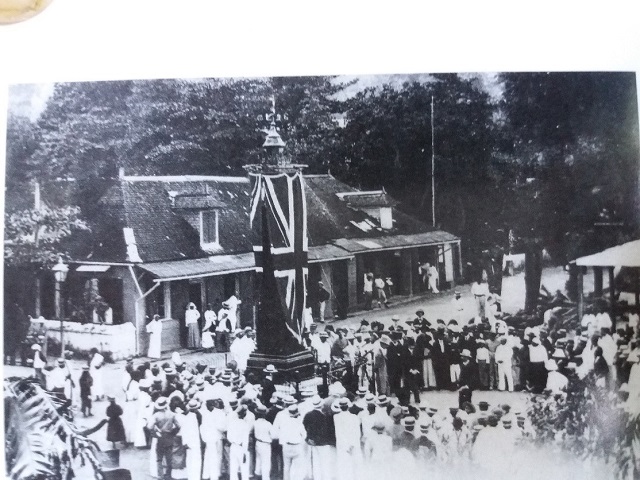 |
| (National Archives) Photo License: All Rights Reserved |
June 29, 1976
Seychelles gained its independence from Great Britain and Seychellois James Mancham became the first president of the island nation. A coup d’etat in 1977 installed a socialist government led by France Albert Rene.
Rene ruled under a one-party state until 1991 when a multi-party system was adopted. In 1993 Seychelles became a third republic with a new constitution approved by a referendum.
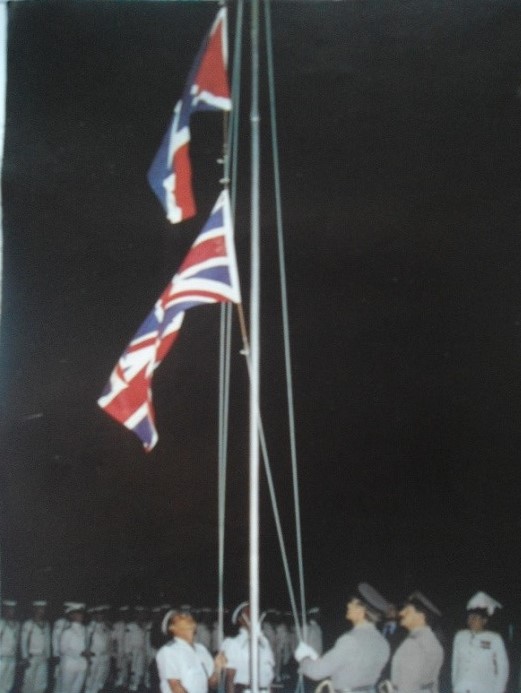 |
| (National Archives) Photo License: All Rights Reserved |

